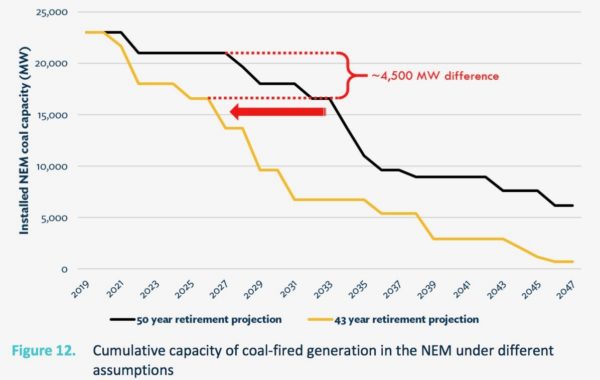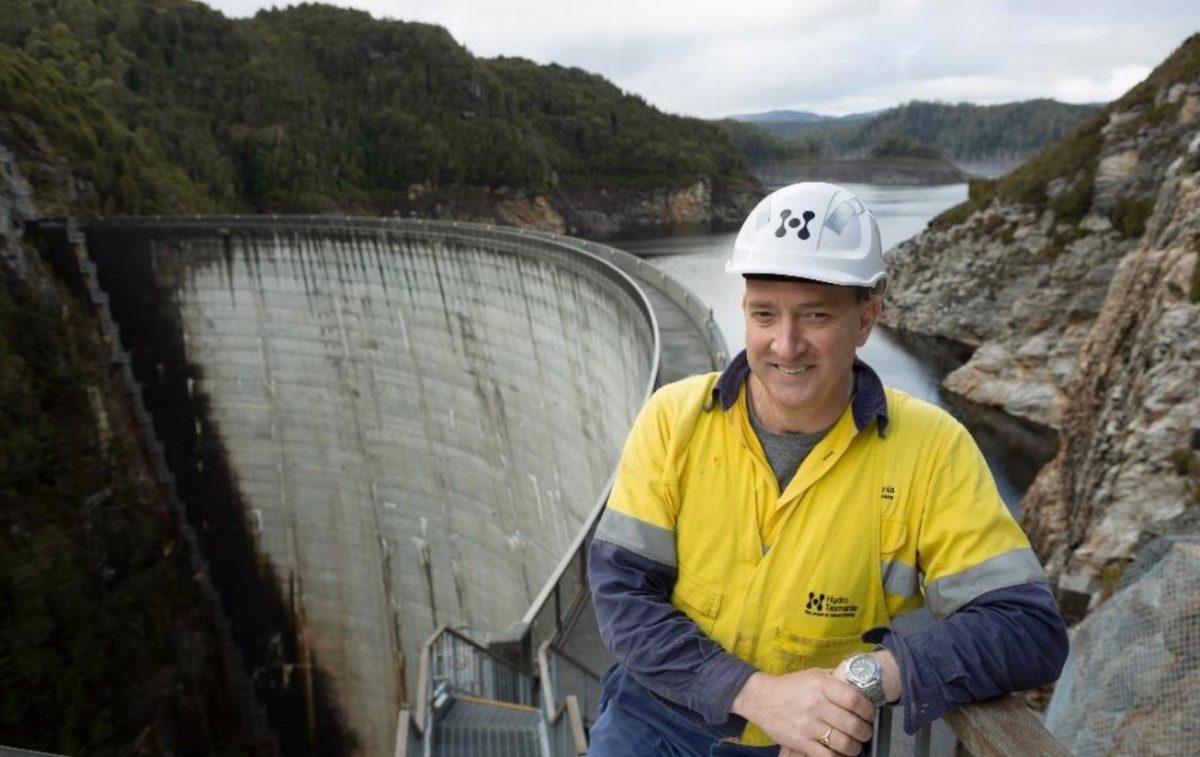Tasmania, the island state, is making an audacious attempt for mainland attention with a plan to become the Battery of the Nation. The Battery of the Nation project (BON), led by Hydro Tasmania (a Tasmanian Government company), has been on the cards since June 2018 with the the Australian Renewable Energy Agency (ARENA) already providing funding for the project to the tune of $5 million, a figure that has been met by Hydro Tasmania.
Hydro Tasmania (HT) has now released a white paper, entitled “How Battery of the Nation can contribute to Victoria’s energy needs and objectives,” in which it stresses not just the viability of the project, but the necessity of it. HT’s analysis suggests the potential for Tasmania and Victoria to work together on the Battery of the Nation initiative would go a long way to ensuring a renewable future, not just for those individual states, but indeed for the wider National Electricity Market (NEM).
Straight off the bat, HT argues that BON would go a long way to mitigating the risks of early or unexpected coal plant retirement. The nation’s aging coal-fired capacity means the vast majority of its coal-fired power plants are set for retirement in the coming decades. However, the risk of these plants closing early, before the pipeline of renewables is in a position to properly substitute themselves, leaves the public at great risk of high electricity costs and unreliable supply. One need only look at the supply-demand impacts Victoria experienced in 2017 with the retirement of the Hazelwood coal-fired power station.
According to Rystad Energy, some 23 GW of coal-fired capacity is due to retire from the NEM in the coming decades, creating an opportunity for 60-70 GW of solar and wind. However, without serious fixes to the NEM the transition of renewables to cover the retiring coal-fired power plants, and indeed grow capacity, is severely hindered. Since the Hazelwood retirement, Victoria has been more dependent on importing energy from other states during periods of peak demand.

BON’s solution is to help free up the pipeline of solar and wind in Victoria by developing, via additional interconnection across the Bass Strait, Tasmania’s great potential for pumped hydro storage.
“Victoria will need to access significant energy storage to ensure they can meet their renewable energy targets while keeping the power system reliable,” said Hydro Tasmania CEO Steve Davy, “Tasmania has idle capacity waiting to be unlocked by market signals and delivered through the additional interconnection required by Battery of the Nation.”
Battery of the Nation
The BON initiative works of the understanding that Tasmania’s hydropower system is capacity rich, meaning it has a lot of flexible capacity, but is at times energy-constrained, while the NEM, in general, is energy-rich but capacity-constrained. In short, the mainland has a lot of energy but lacks storage, and Tasmania has storage but lacks energy. Such is life. Or perhaps not, if further interconnection between Victoria and Tasmania via the Marinus Link can be developed, the two may help each other.
HT says that during the January 2019 heatwave, more than 500 MW of Tasmanian hydropower was bid into the market, but not able to be dispatched because of insufficient interconnection. Importantly, since the white paper was finalised, TasNetworks established that a 1500 MW link is technically feasible.

The bolstered interconnection, argues the report, “could enable Tasmania to provide a reliable supply of electricity into the NEM when needed (aggregated from conventional hydro, new pumped hydro energy storage and wind and solar generation).”
Of course, additional interconnection is not the entire extent of BON. BON also seeks to modernise Tasmania’s existing hydropower plants to better tailor them to the solar and wind generation upon which Australia’s future electricity system will depend. As the report itself states: “Modernising hydropower stations and optimise them to generate more electricity at times when wind and solar are scarce, and generate less when those sources are abundant.”
Moreover, BON also seeks to increase its flexible capacity with pumped hydro energy storage. Tasmania’s undulating topography gives it a geographic advantage for pumped hydro.
In Davy’s words, “Tasmania also has significant potential for development of new, low-cost, long-duration pumped hydro storage, offering the firming Victoria’s future energy mix requires.”
This is a sentiment held by the Australian Energy Market Operator (AEMO) as well. At a lunch held by the Committee for Economic Development of Australia (CEDA) last month, AEMO CEO Audrey Zibelman stressed the value of firming.
However, Davy stresses the necessity of proactive support for interconnection through TasNetwork’s Marinus Link project. “Further interconnection between Victoria and Tasmania will help manage the energy transition over coming decades,” continued Davy, “enabling practical solutions that are complementary to Victoria’s renewable energy, as well as supporting the rest of the NEM.”
This content is protected by copyright and may not be reused. If you want to cooperate with us and would like to reuse some of our content, please contact: editors@pv-magazine.com.









4 comments
By submitting this form you agree to pv magazine using your data for the purposes of publishing your comment.
Your personal data will only be disclosed or otherwise transmitted to third parties for the purposes of spam filtering or if this is necessary for technical maintenance of the website. Any other transfer to third parties will not take place unless this is justified on the basis of applicable data protection regulations or if pv magazine is legally obliged to do so.
You may revoke this consent at any time with effect for the future, in which case your personal data will be deleted immediately. Otherwise, your data will be deleted if pv magazine has processed your request or the purpose of data storage is fulfilled.
Further information on data privacy can be found in our Data Protection Policy.